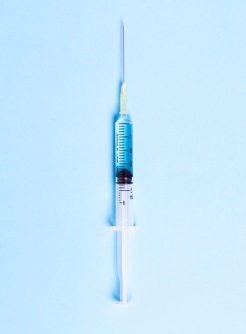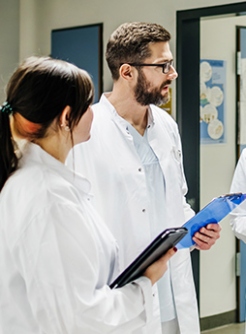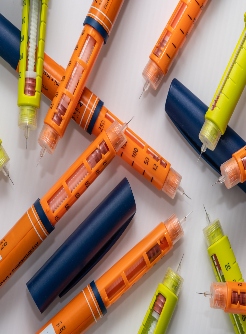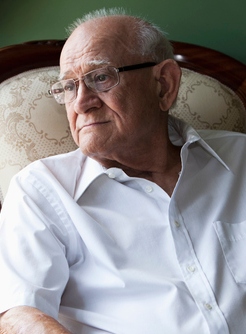Pharmacist-Led Intervention Reduces HbA1C Concentration in Hispanic Type 2 Diabetes Patients
By Dave Quaile, MD /alert Contributor
January 1, 2024
In a recent investigation of a pharmacist-led intervention, researchers identified a notable inverse correlation with HbA1c concentration, while no significant link was detected with systolic blood pressure (SBP), according to a study published in JAMA Network Open.
The implementation of the UCMyRx initiative, a pharmacist-led intervention, emerges as a potential strategy for enhancing outcomes among Hispanic patients with type 2 diabetes. “Relative to non-Hispanic White individuals, Hispanic individuals with type 2 diabetes are more likely to develop end-stage kidney disease and retinopathy and require lower-extremity amputations,” Kimberly Danae Cauley Narain, MD, PhD, MPH, from the division of general internal medicine and health services research, department of medicine, and the Center for Health Advancement at Fielding School of Public Health at the University of California, and colleagues, wrote. “Studies of pharmacist-led interventions among Hispanic patients in community settings and federally qualified health centers have also demonstrated the benefit of these types of interventions. However, these studies have been largely descriptive.”
To investigate the correlation between a pharmacist-led intervention (UCMyRx) and HbA1c as well as SBP in Hispanic patients with type 2 diabetes, 931 distinct patients were included in a quality improvement study employing electronic health record data and a difference-in-difference study design.
Inclusion criteria for the study were a diagnosis of type 2 diabetes based on the International Classification of Diseases, aged 18 years or older, self-identified as Hispanic, and had one or more visits with a UCMyRx pharmacist or two or more visits, separated by at least 2 years, within the study window.
To meet the inclusion criteria, patients also needed to exhibit: 1) an HbA1c level of 8% or higher, spanning 365 days before and 14 days after the index date, a subsequent HbA1c measurement within 120 to 365 days after the index date (n = 396); and/or 2) an SBP of 140 mm Hg or higher between 365 days before and 14 days after the index date, along with a follow-up SBP measurement within 120 to 450 days after the index date (n = 795).
According to the study, pharmacists systematically assessed laboratory results and vital signs, conducted medication reconciliation, and devised individualized interventions aimed at overcoming adherence barriers and enhancing guideline-concordant care. The primary outcome of the study was defined as pre- to post-index date changes in HbA1c and SBP.
Of the 931 patients with type two diabetes included in the study, the average age was 64 years and 59.3% were female. An adjusted analysis showed the presence of one or more UCMyRx visits demonstrated a link between a reduction in HbA1c concentration (β = -0.46%; 95% CI, -0.84 to -0.07) but did not result in a significant change in SBP (β = -1.71 mm Hg; 95% CI, -4 to 0.58 mm Hg).
Researches also stratified patients based on language preference, English or non-English. There was a significant negative association of UCMyRx exposure with HbA1c concentration among the HbA1C subsample with an English language preference (β = -0.59%; 95% CI, -1.13% to -0.06%; P = .03). There was no significant trend toward a negative association among the subsample with a non-English language preference (β = -0.38%; 95% CI, -0.92% to 0.17%; P = .58). Exposure to UCMyRx was not associated with SBP among both language-preference subgroups.
“In this quality improvement study of 931 Hispanic adults, exposure to the intervention was associated with a statistically significant reduction in hemoglobin A1c concentration but no change in SBP," the researchers wrote. "These findings suggest that pharmacist-led intervention may be a strategy for improving some outcomes among Hispanic patients with type 2 diabetes."
--
Disclosures: No authors declared financial ties to drugmakers.
Photo Credit: Getty Images.




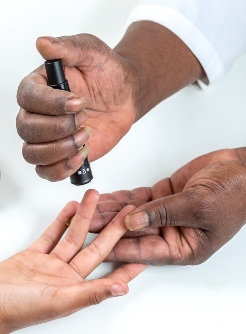
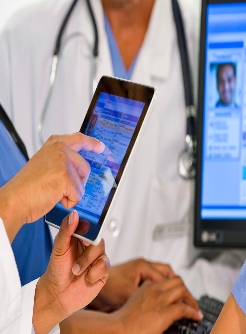


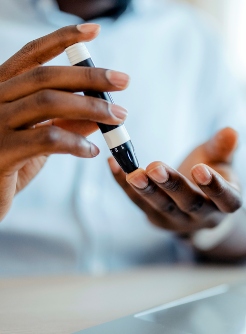

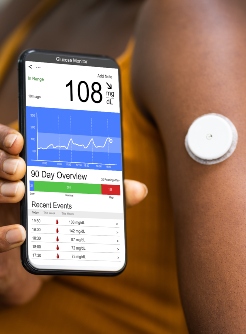




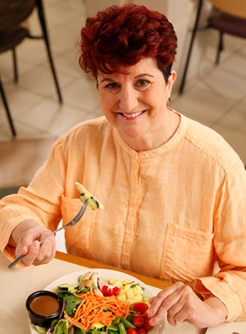






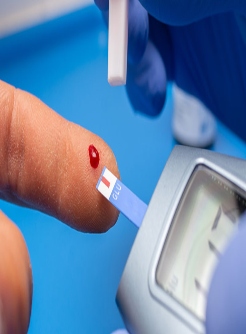



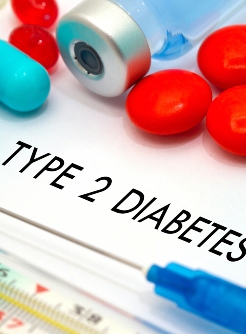
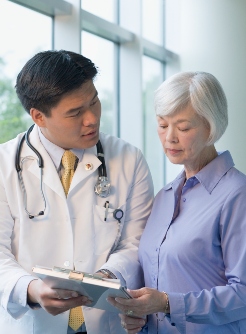


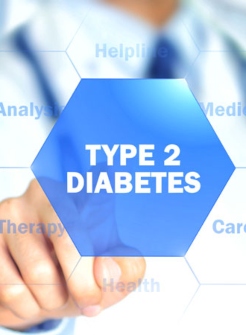
.jpg)
.jpg)

